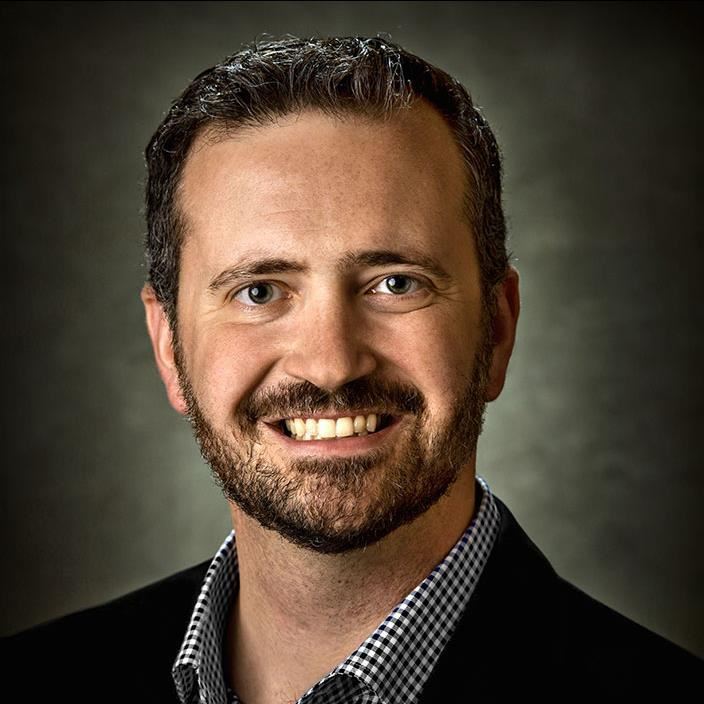Rarely in the U.S. has the power dynamic felt more pronounced. Over the last year, while the workforce at-large has suffered, the nonprofit sector, the third largest industry in the U.S. that provides such offerings as health care and social services, has experienced severe losses. While not often thought of in the same breath as retail and manufacturing, nonprofit organizations employ 12.5 million U.S. workers and provide over $1 trillion annually to the U.S. economy. From February to September, this sector lost 1.65 million jobs or approximately 13% of its entire workforce, before recovering about 40% of those positions[1].
But does everyone feel these losses equally? The one million workers from the nonprofit sector still out-of-work disproportionately include women and people of color, just as how job loss[2] in the country at large disproportionately impacts these groups right now.
Organizations and individuals who have saved reserves are feeling this somewhat less severely, but nearly all nonprofit organizations are making challenging decisions about what is core and what is expendable. Race, gender, ethnicity, class and many other demographic variables influence the degree to which these challenges are felt. Each of those factors undoubtedly connects to one’s professional position and what side of the power dynamic they fall on.
For nearly 10 years, I have worked in a place of privilege at a philanthropic foundation. Through this time, I have weathered a severe economic recession and a global pandemic without many of the same personal fears of job loss and cutbacks of my colleagues in the broader nonprofit world.
At the Jim Joseph Foundation, we strive to achieve parity with our grantee-partners through relational grantmaking. However, we realize that we will never entirely reach an even split of power. The Foundation professionals and board will always have the upper hand in setting priorities, inviting proposals and ultimately making certain decisions. Because of these realities, many in philanthropy stop trying to lessen the uneven distribution of power; it feels too difficult or appears too disingenuous to try to change this dynamic.
Yet working toward a more equal distribution of power is important. Two months ago, several of my colleagues and I wrote about our attempts to be present for grantee-partners during these challenging and unprecedented times. Some of the learnings I cite below are discussed in that piece and will likely be relevant well into the future[3].
Just as our personal relationships take work, the professional ones require significant investment of time and attention. Fortunately, akin to our personal relationships, they are often well worth the investment.
How We Approach and Try to Alleviate the Power Divide
Relational Grantmaking
A grant may be temporary, but a relationship is long-term and denotes trust.
When a foundation makes larger grants over a longer term, there is less fear of a punitive response to challenges or mistakes along the way and more of a sense of collective interest in a positive outcome. These longer-range investments also demonstrate a level of respect and trust for the organization and the people running it. We refer to our grantees as grantee-partners out of respect and engage in brainstorming conversations rather than being prescriptive from the outset. I have also made it a part of my practice to regularly check in with the person or people on the other end of the Zoom call instead of just jumping into business. This is not a perfect process, particularly as grants are made on an invitation-only basis and fit into a specific set of guidelines laid out by the original benefactor, but it gets us closer to a 50/50 power split.
Assumption that Expertise Rests with the Practitioner
Treat grantee-partners like they are the experts, because they are.
Whether the grantmaking professional has been in the field for one year or 20, it is a fact that at this very moment, the person with the most information, context and experience is the practitioner running the organization or specific program being funded. We have the benefit of regularly studying a broader picture than any singular organization can display, but we lack the understanding of the intricacies of every offering. As funder representatives, we show vulnerability – we do not have all the answers, nor do we have to pretend that we do.
Listening
Stop and listen.
A mentor of mine would regularly point out that never had he been smarter, funnier or better looking than when he started working for a foundation. He would also regularly be given the podium for his perspective whether he was the best person to speak or not. Rather than responding to the noise and rhetoric, I have found it beneficial to take time and listen. We give the grantee-partner the opportunity to set the agenda and decide what is most important, and we offer opportunities to share without interruption.
Non-grantmaking Opportunities
Be willing to do more than just make grants.
With many organizations struggling during the pandemic, there is obviously a growing need for supplemental funding, but there is also a cautiousness on the part of funders to spend before determining specific needs. Providing support for scenario and contingency planning, offering evaluation and research support and sharing a platform for grantee partners to have professional learning communities are a few of the ways we have given support for our partners.
These actions, and certainly others, combine to create an environment where the inherent power of the funder does not permeate every interaction between the parties and every decision the grantee-partner makes. With power more evenly distributed, a truer partnership emerges, with different expertise brought to bear, making it more likely that grant objectives come to fruition—a positive outcome for all.
[1] http://ccss.jhu.edu/labor-day-2020-coronavirus/ (comparatively, the rest of the work force recovered 50% to date)
[2] https://www.cnbc.com/2020/05/14/coronavirus-job-losses-disproportionately-impact-women.html
[3] https://jimjosephfoundation.org/news-blogs/from-simple-messages-to-big-decisions-how-weve-tried-to-be-there-for-grantee-partners/

Featured image by Scott Graham on Unsplash
Get To Know The Author
WGF/DS Alum Steven Green (Class 22) is Senior Director, Grants Management and Compliance for the Jim Joseph Foundation.

